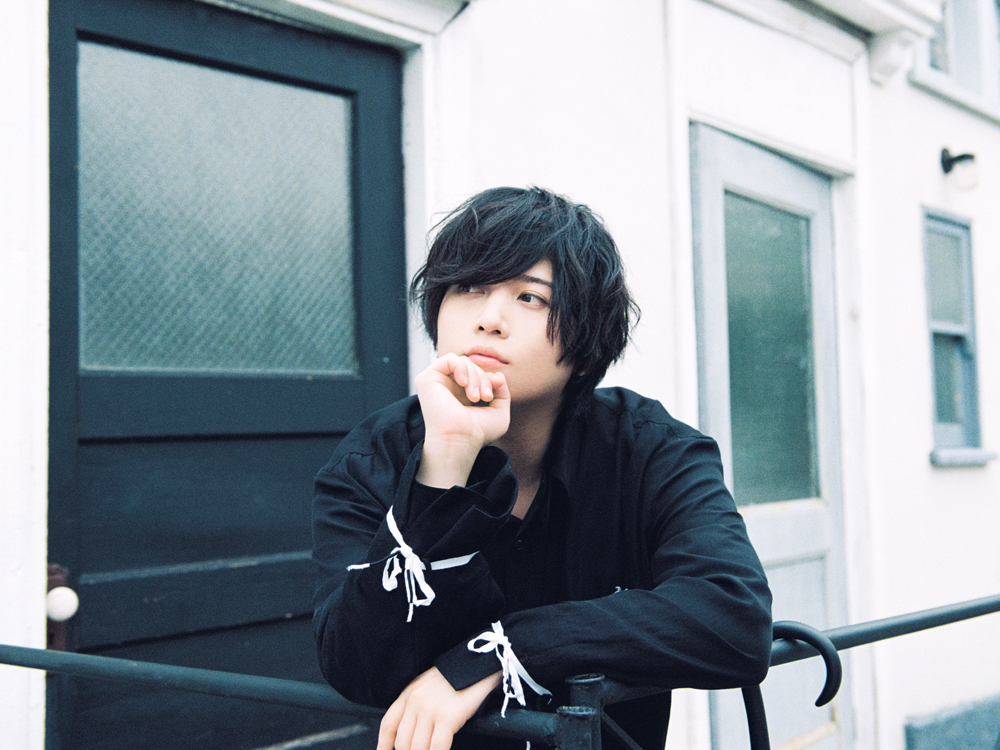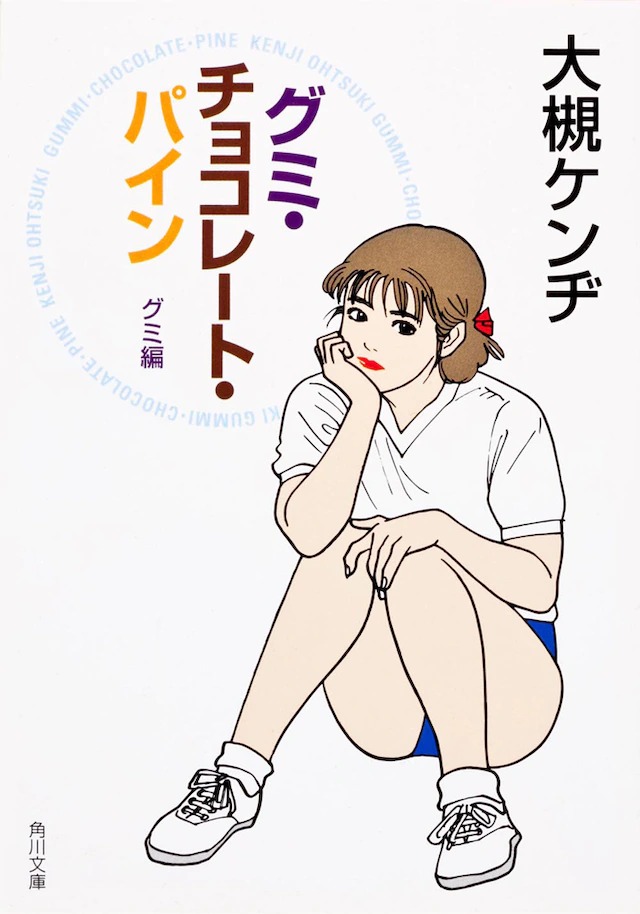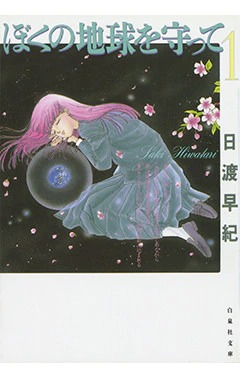
Published: 2020/7/24
Original URL: https://natalie.mu/music/column/386924
This is a series where musical artists introduce books that influenced their creations and ways of life.
1. Gummi Chocolate Pine (Kadokawa Bunko) / Ohtsuki Kenji

Middle school, when he first formed a band
This book was recommended to me by a friend that I formed my first band with during middle school. Thinking back, he really was mature for his age, and it was him that showed me Tsutsui Yasutaka-san, Nakajima Ramo-san, and various musical artists and whatnot.
For my first band, well, setting musical style aside, on a spiritual level I really wanted to do punk, and I felt like I had something in common with the characters in this book (I especially sympathized with Kawabon for some reason). Come to think of it, the first Tsutsui-san book I read had commentary written by Oh-Ken too.
When I was a teenager, I went through that impatient, restless feeling of wanting to go somewhere else, the assumption that there had to be something about me that was different from others, and the futility of it all. This book depicted those feelings brutally and honestly, without trying to make them look good, and if I hadn’t encountered it, I might never have gotten so absorbed into music.
My band at the time had lyrics that were more on the serious side, but—and it may be presumptuous of me to say this—I get the feeling that Oh-Ken’s ideas, that draw from delusions, leaps in logic, and other illogical resources, are somehow similar to my current style of lyrics.
2. Please Save My Earth (Hakusensha Bunko) / Hiwatari Saki

Turning his impressions into music and writing
Recently, I was led to reread this all at once up to the latest series, and no matter how many times I’ve read it, it always has me crying my eyes out. It was originally my mother who liked it, and I love it so much that we still talk about it as a family when we have the chance.
The series often uses imagery of “dissolving into the atmosphere,” especially for Mokuren-san. It’s a grand story that takes place across the Earth and the Moon, but the ideas of “going around,” “dissolving,” and “soon fusing into one” were very close to the vague intuition I’d had ever since I was a kid, so I felt nostalgia the first time I read it. I use these motifs quite often in my songs and writing compositions, although how they’re handled differs depending on the song. Even when it comes to listening to music, I like songs with those themes (e.g. Mystery Jets’ “Soluble in Air,” Sunny Day Real Estate’s “One”).
When I’m writing songs, I don’t have any intent of conveying a message at all. Instead, I create them as if they’re films or novels. I often turn the impressions I’ve received from books, films, and novels into music.
3. Quip Magazine (Medicom Toy / no cover)
Imagining the unknown from short introductory articles
This might be a bit of a change-up, but back when I lived in Yamanashi and sites like Myspace and YouTube had just emerged, the city of Tokyo was like a mystical utopia in my mind, and I considered Shimokitazawa the ultimate holy land. On the very rare occasions when I got to visit, I spent the precious few hours I was given desperately absorbing the music, atmosphere, and essence that (I believed) only existed there.
In the past, there was a store in Shimokitazawa called HIGHLINE RECORDS that sold things like 2-track CD-ROMs self-produced by brand-new indie bands. I would make sure to go there every time and buy “Quip Magazine.” That was how I encountered new music that couldn’t be found anywhere on the internet. It gave my younger self hope that one day, this could become reality for me—a place where I could spend my daily life.
Once those dreamlike hours were over, it was time to go home. On the way back, and even after returning home, I’d read that Quip Magazine over and over again. I was intrigued by the short introductory articles that only spanned half a page each, but I didn’t have the means to find out what the songs sounded like. So, I imagined with all my mind. The thrill I felt towards the unknown back then was undoubtedly a driving force behind my creative endeavours.
As an aside, when I finally did start living in Tokyo, the once-dreamlike Shimokitazawa gradually became clearer until it truly was a reality. The Shimokitazawa I saw back then might only exist in my memories now.